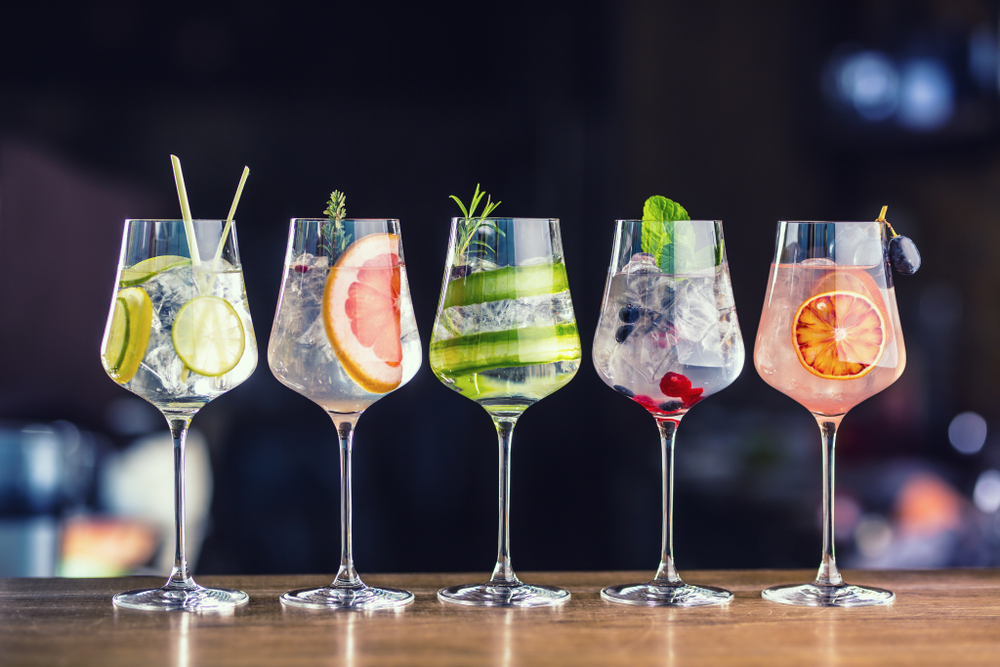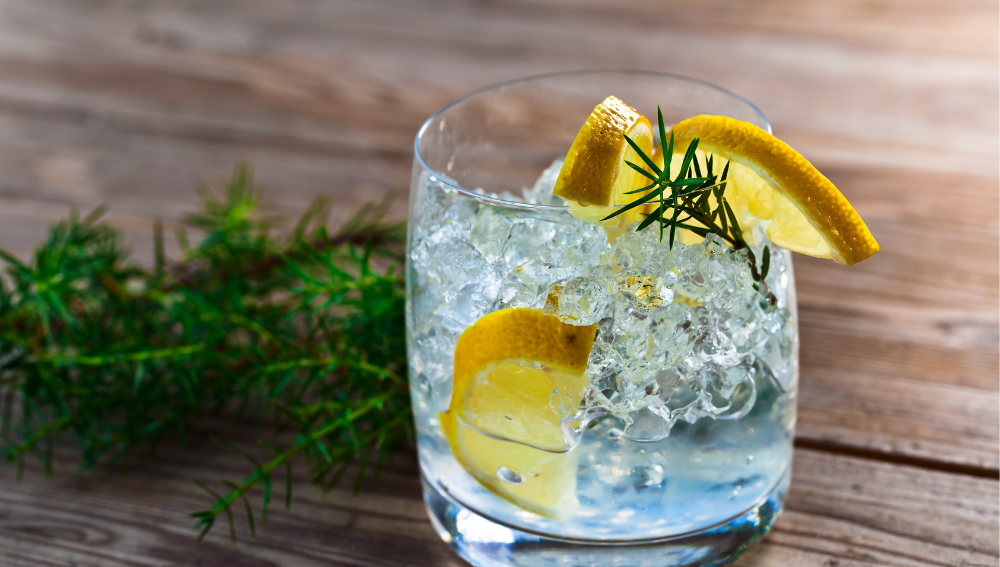When it comes to classic cocktails, few are as iconic as the gin and tonic. This refreshing and bubbly drink has been a favorite of gin lovers for centuries, and for good reason. But what exactly does gin and tonic taste like? The answer to that question is a bit more complex than you might expect.
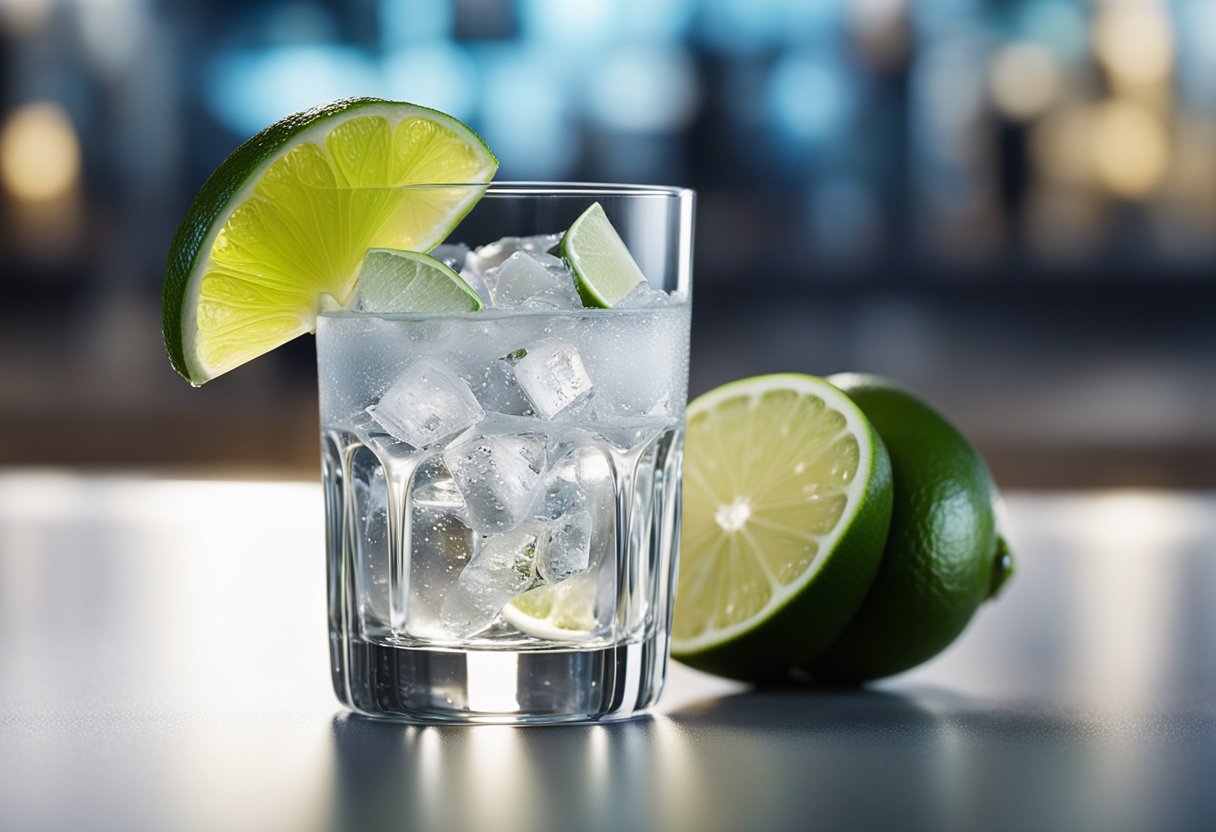
At its most basic level, a gin and tonic is a combination of gin, tonic water, ice, and sometimes a slice of citrus. The taste of the drink can vary depending on the type of gin used, the ratio of gin to tonic water, and the specific brand of tonic water.
However, in general, a gin and tonic has a crisp and refreshing taste that is both bitter and sweet. The juniper berries in the gin provide an aromatic taste, while the tonic water adds a bit of bitterness and effervescence to the drink.
Overall, a well-made gin and tonic is a delightful combination of flavors that is both complex and easy to drink. Whether you’re a gin aficionado or just looking for a refreshing cocktail to enjoy on a warm day, a gin and tonic is always a great choice.
Key Takeaways
- A gin and tonic is a classic cocktail that has a crisp and refreshing taste.
- The taste of a gin and tonic can vary depending on the type of gin used, the ratio of gin to tonic water, and the specific brand of tonic water.
- A well-made gin and tonic is a delightful combination of flavors that is both complex and easy to drink.
The Basics of Gin and Tonic
When it comes to classic cocktails, gin and tonic is a fan favorite. This refreshing drink is made with gin, tonic water, and lime, and is typically served over ice in a highball glass. But what does gin and tonic taste like? Let’s explore the basics of this popular drink.
Gin is a distilled spirit that is primarily flavored with juniper berries and other botanicals. The flavor profile of gin can vary depending on the brand and the distillation process.
Some gins have a more complex flavor with notes of citrus, coriander, or other spices, while others have a more straightforward juniper flavor.
Tonic water, on the other hand, is a carbonated beverage that is flavored with quinine, a bitter compound that is derived from the bark of the cinchona tree. In its original form, tonic water was used as a medicine to prevent and treat malaria.
However, today’s tonic water typically contains much less quinine and is used primarily as a mixer in cocktails like gin and tonic.
When combined, gin and tonic create a refreshing and slightly bitter drink that is perfect for sipping on a hot summer day. The juniper flavor of the gin pairs well with the bitterness of the tonic water, while the lime adds a bright, citrusy note to the drink.
The classic recipe for gin and tonic is simple: combine one part gin with two parts tonic water in a highball glass filled with ice. Squeeze a wedge of lime into the glass and stir gently to combine.
However, there are many variations of this recipe that incorporate different types of gin, flavored tonic waters, and garnishes like cucumber, mint, or grapefruit.
Overall, gin and tonic is a versatile and refreshing cocktail that is enjoyed by many. Whether you prefer a classic recipe or a more creative variation, this drink is sure to satisfy your thirst and your taste buds.
Ingredients and Ratios
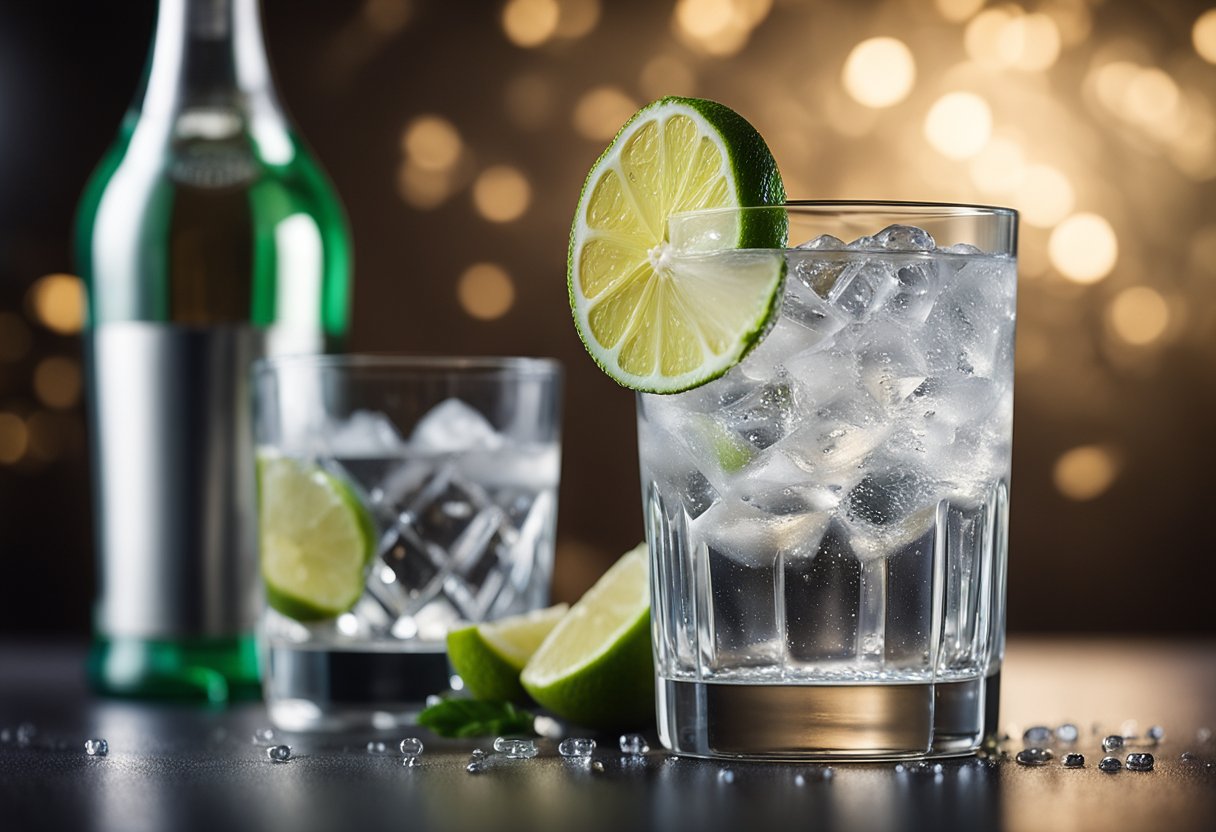
When it comes to making a gin and tonic, there are a few key ingredients that you’ll need. The most important of these is, of course, gin. London dry gin is the most traditional choice, but you can experiment with different types of gin to find the one that suits your taste.
The other key ingredient in a gin and tonic is tonic water. This is a carbonated mixer that has quinine as its main ingredient. The quinine gives tonic water its distinctive bitter taste, which balances out the sweetness of the gin.
You can also experiment with different types of tonic water, such as cucumber tonic or elderflower tonic, to add a unique twist to your gin and tonic.
In addition to gin and tonic water, you’ll also need ice and a garnish. Ice is important to keep your drink cool, and you can use regular ice cubes or tonic water ice cubes for an extra burst of flavor.
As for garnishes, lime wedges are the classic choice, but you can also experiment with other fruits or herbs, such as rosemary or cucumber.
When it comes to ratios, the ideal ratio of gin to tonic water is generally 1:3, one part gin to three parts tonic water. This will give you enough gin to taste the botanical ingredients in the spirit and just enough tonic water to balance the alcoholic notes.
However, you can experiment with different ratios to find the one that suits your taste. Some people prefer a stronger gin flavor, while others prefer a more subtle taste.
It’s also worth noting that some recipes call for sugar or soda water to be added to the gin and tonic. However, these are not traditional ingredients and can alter the taste of the drink, so it’s best to stick to the classic recipe.
Overall, the ingredients and ratios of a gin and tonic are simple, but there are plenty of variations and garnishes you can experiment with to find the perfect gin cocktail for you.
Tasting the Gin and Tonic
As a gin and tonic enthusiast, I have tasted this classic cocktail many times and can confidently say that it has a unique taste that is both refreshing and zesty. The combination of gin and tonic creates a bittersweet flavor that is perfect for any occasion.
The taste of gin and tonic can vary depending on the type of gin used. Some gins have a stronger juniper flavor, while others have a more citrusy taste.
The tonic water also plays a significant role in the overall taste of the cocktail. Tonic water is slightly bitter due to the quinine, which is why it is often paired with gin to balance out the bitterness.
When tasting a gin and tonic, the first thing you will notice is the crisp and refreshing taste. The carbonation from the tonic water gives the cocktail a light and bubbly texture, making it perfect for sipping on a hot summer day.
The zesty kick from the lime adds a burst of flavor that complements the bitterness of the tonic water.
If you are looking to pair your gin and tonic with food, it is best to stick to light and refreshing dishes. The bittersweet flavor of the cocktail pairs well with seafood, salads, and grilled vegetables. It is also a great accompaniment to spicy dishes as it helps to cool down the palate.
In terms of tasting notes, gin and tonic has a complex flavor profile that is both bitter and sweet. The juniper berries in the gin provide an aromatic taste, while the tonic water adds a tinge of bitterness. The lime adds a zesty kick, making this cocktail a very refreshing drink.
Overall, the taste of gin and tonic is unique and enjoyable. It is a classic cocktail that has been enjoyed for centuries and is perfect for any occasion.
The Role of Botanicals and Citrus
As a gin lover, I know that botanicals are the heart and soul of gin. They are the ingredients that give gin its unique flavor and aroma. The most important botanical in gin is juniper, which is what gives gin its signature piney taste. But, there are many other botanicals that can be used to create different flavor profiles.
Citrus fruits are some of the most popular botanicals used in gin. They add a bright, zesty flavor that complements the juniper and other botanicals. Lemon, orange, and grapefruit are the most commonly used citrus fruits in gin. They add a refreshing acidity to the drink and bring out the other flavors in the gin.
Some gins are specifically designed to highlight citrus flavors. For example, pink gin is a type of gin that is infused with citrus fruits, such as grapefruit and orange, to give it a sweeter, fruitier taste. Other gins may use more subtle citrus flavors, such as rosemary or cucumber, to add complexity to the drink.
Coriander is another popular botanical in gin. It has a warm, spicy flavor that pairs well with citrus and other botanicals. Lavender, thyme, mint, and basil are also commonly used in gin to add floral and herbal notes.
When it comes to serving gin and tonic, citrus is often used as a garnish. A lime wedge or a slice of lemon can be added to the drink to enhance the citrus flavors in the gin. Some gins may also include juniper berries as a garnish, which can add a burst of piney flavor to the drink.
Overall, the role of botanicals and citrus in gin is to create a complex, balanced flavor profile that is unique to each gin. Whether you prefer a classic gin and tonic or a more modern gin cocktail, the botanicals and citrus in the gin are what make it special.
The Science Behind the Taste
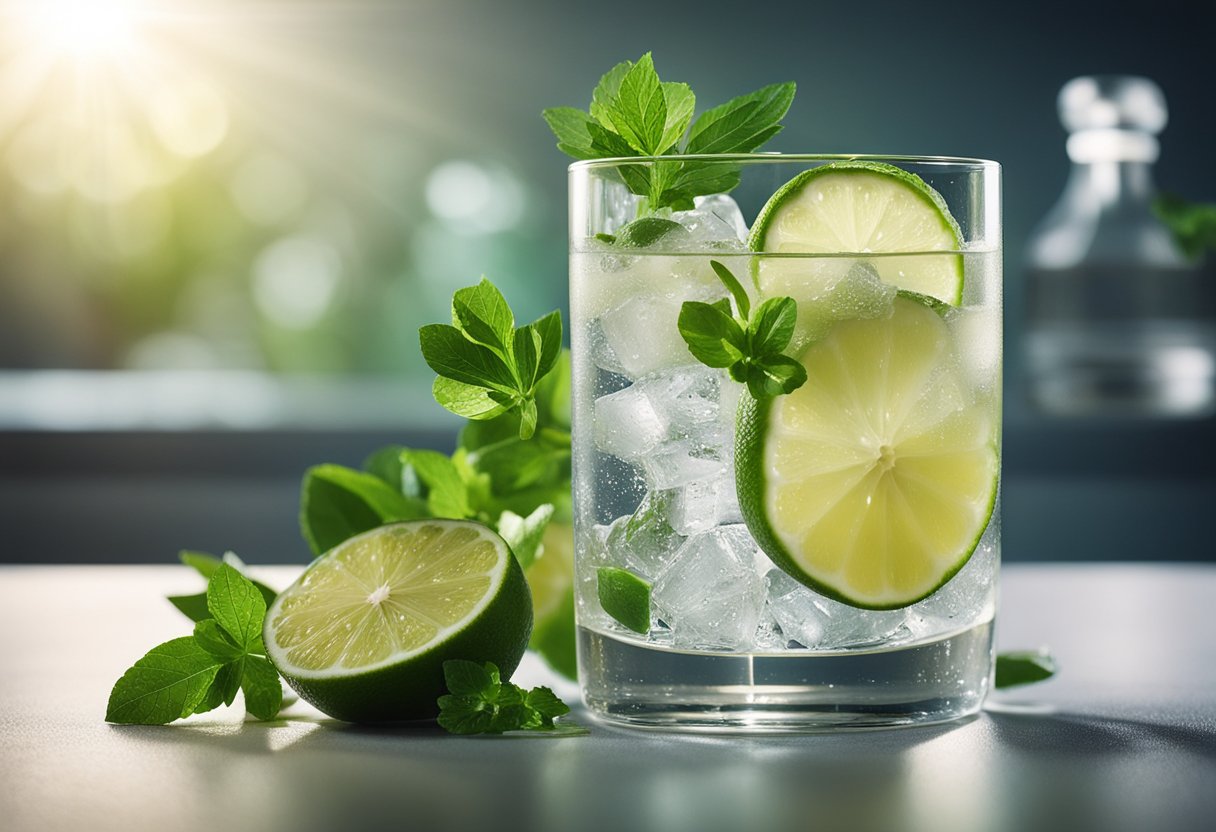
I’ve always been fascinated by the taste of gin and tonic. It’s a unique flavor that I can’t quite put my finger on. So, I decided to do some research to find out what makes this drink taste so good.
One of the key components of a gin and tonic is quinine. This bitter compound is derived from the bark of the cinchona tree and is what gives tonic water its distinct flavor.
Quinine is also used to treat malaria, and its bitter taste is thought to be a natural defense mechanism against the disease-carrying mosquitoes that are attracted to humans.
When it comes to the gin, the taste is influenced by the molecules that are present in the botanicals used to flavor it. These molecules are drawn out by ethanol during distillation, and they are what give gin its unique taste and aroma. The most common botanical used in gin is juniper, which has a piney, resinous flavor.
The chemistry of gin and tonic is also important to consider. The actual chemicals that affect the taste within each liquid have similar chemical structures.
This is why gin and tonic taste different, but they complement each other so well. The carbonation in tonic water also plays a role in the taste. The bubbles help to accentuate the flavors and make the drink more refreshing.
In addition to quinine and botanicals, tonic water also contains a variety of minerals, including sodium, calcium, potassium, and iron. These minerals can affect the taste of the drink, as well as its nutritional value. For example, potassium is important for maintaining healthy blood pressure, while iron is essential for healthy red blood cells.
Overall, the taste of gin and tonic is a complex interplay of botanicals, chemistry, and minerals. It’s no wonder that this drink has become such a beloved classic.
Health Aspects of Gin and Tonic
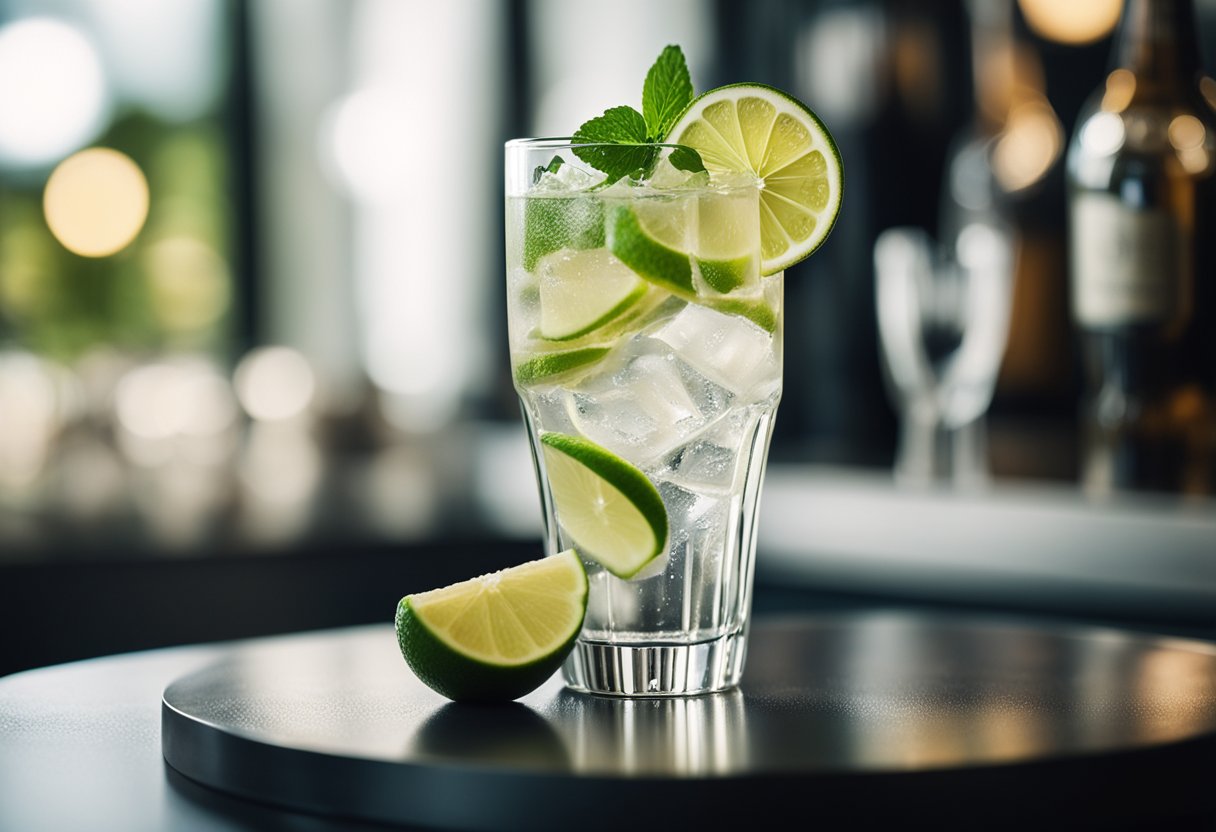
As an alcoholic drink, gin and tonic should be consumed in moderation. However, it is interesting to know that gin and tonic does have some health benefits.
One of the main concerns with alcoholic drinks is the calorie content. A serving of gin and tonic contains about 120-150 calories, which is relatively low compared to other alcoholic beverages. However, it is important to note that tonic water contains sugar, which contributes to the calorie count.
Gin and tonic also has some anti-inflammatory properties. The juniper berries used to make gin contain compounds that have been shown to have anti-inflammatory effects. Additionally, tonic water contains quinine, which has also been shown to have anti-inflammatory properties.
Moreover, gin and tonic contains antioxidants. The juniper berries used to make gin are rich in antioxidants, which help to protect the body against damage from free radicals. Tonic water also contains antioxidants in the form of flavonoids.
It is important to note that gin and tonic should not be considered a healthy drink. It is still an alcoholic beverage and should be consumed in moderation.
However, the health benefits of gin and tonic make it a better choice compared to other alcoholic drinks with higher calorie and sugar content.
In summary, gin and tonic contains a moderate amount of calories, has anti-inflammatory properties, and contains antioxidants. While it should not be considered a healthy drink, it is a better choice compared to other alcoholic beverages.
Variety of Gin and Tonics
Gin and tonic is a classic cocktail that has been enjoyed for centuries. It is a refreshing drink that is perfect for summer, and it is also known for its ability to prevent malaria due to the quinine in tonic water.
There are many different types of gin and tonics, each with its own unique flavor profile. In this section, I will explore some of the most popular variations of gin and tonics.
Classic Gin and Tonic
The classic gin and tonic is a simple cocktail made with gin and tonic water. The gin used in this cocktail can vary, but some popular options include Beefeater, Bombay Sapphire, and Sipsmith.
The tonic water used can also vary, but some popular options include Fever Tree, Q Tonic, and Schweppes Indian Tonic. The cocktail is typically garnished with a slice of lime, which adds a refreshing citrus flavor to the drink.
Strawberry and Peppercorn Gin and Tonic
For a fruity twist on the classic gin and tonic, try adding fresh strawberries and peppercorns to the cocktail. This variation is perfect for summer and adds a burst of sweetness to the drink.
To make this cocktail, muddle fresh strawberries and peppercorns in a glass. Add gin and tonic water, then stir to combine. Garnish with a strawberry and a sprig of mint.
Sloe Gin and Tonic
Sloe gin is a sweet and fruity gin that is perfect for a sloe gin and tonic. To make this cocktail, mix sloe gin with tonic water and a slice of lime. Sloe gin is made by infusing gin with sloe berries, which gives it a unique flavor profile that is perfect for a refreshing summer cocktail.
Tonic Syrup Gin and Tonic
For a more complex gin and tonic, try using tonic syrup instead of tonic water. Tonic syrup is a concentrated tonic water that can be mixed with club soda to make a more flavorful tonic water.
Some popular tonic syrups include Fever Tree, Q Tonic, and Jack Rudy Cocktail Co. To make a tonic syrup gin and tonic, mix gin with tonic syrup and club soda, then garnish with a slice of lime.
Navy Strength Gin and Tonic
Navy strength gin is a high-proof gin that is perfect for a strong gin and tonic. To make this cocktail, mix navy strength gin with tonic water and a slice of lime. Navy strength gin is typically around 57% ABV, which gives it a strong and robust flavor that pairs well with tonic water.
Overall, there are many different variations of gin and tonics, each with its own unique flavor profile. Whether you prefer a classic gin and tonic or a more complex variation, there is a gin and tonic out there for everyone.
Frequently Asked Questions
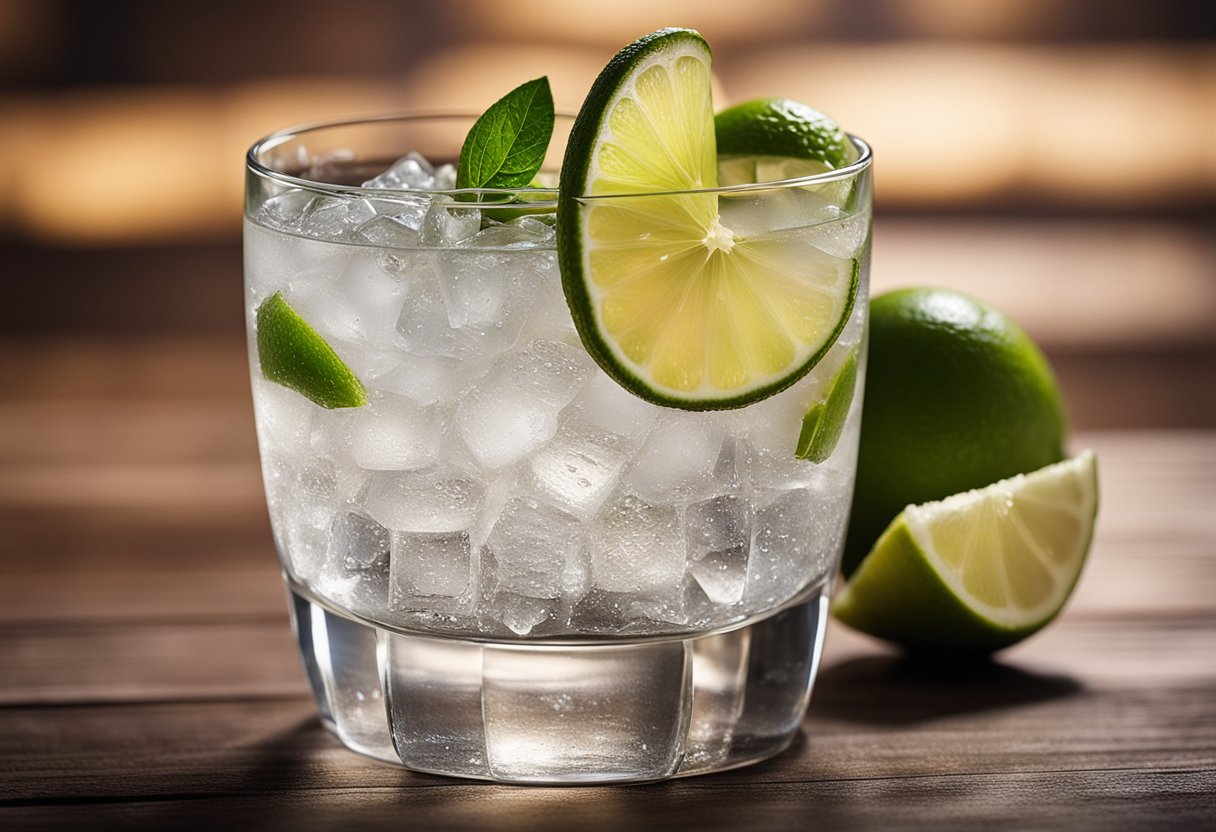
What is the meaning of gin and tonic in wine language?
Gin and tonic is a highball cocktail made with gin and tonic water, typically served with ice and a slice of lime. It is not a wine, but a mixed drink.
Is gin and tonic an alcoholic drink?
Yes, gin and tonic is an alcoholic drink. It is made with gin, which is a spirit, and tonic water, which contains a small amount of alcohol.
What is quinine and how does it affect the taste of gin and tonic?
Quinine is a bitter alkaloid compound that is extracted from the bark of the cinchona tree. It is the key ingredient in tonic water and gives it its distinctive bitter taste. The bitterness of quinine is balanced by the sweetness of the gin, creating a unique flavor profile.
What makes gin and tonic so popular?
Gin and tonic is a popular drink because of its refreshing taste and versatility. It is a simple drink to make, and can be customized with different types of gin and tonic water to create different flavor profiles.
Additionally, the addition of a slice of lime adds a citrusy note that complements the bitterness of the tonic water.
What is the best gin to use for a gin and tonic?
The best gin to use for a gin and tonic is a matter of personal preference. Some people prefer a London Dry gin, which is a classic style of gin that is dry and juniper-forward.
Others prefer a more floral or citrusy gin, such as a New Western or American gin. Ultimately, the best gin is the one that you enjoy the most.
Is a gin and tonic a sweet or bitter drink?
A gin and tonic is a balanced drink that has both sweet and bitter notes. The sweetness of the gin is balanced by the bitterness of the quinine in the tonic water, creating a complex and refreshing flavor profile.



